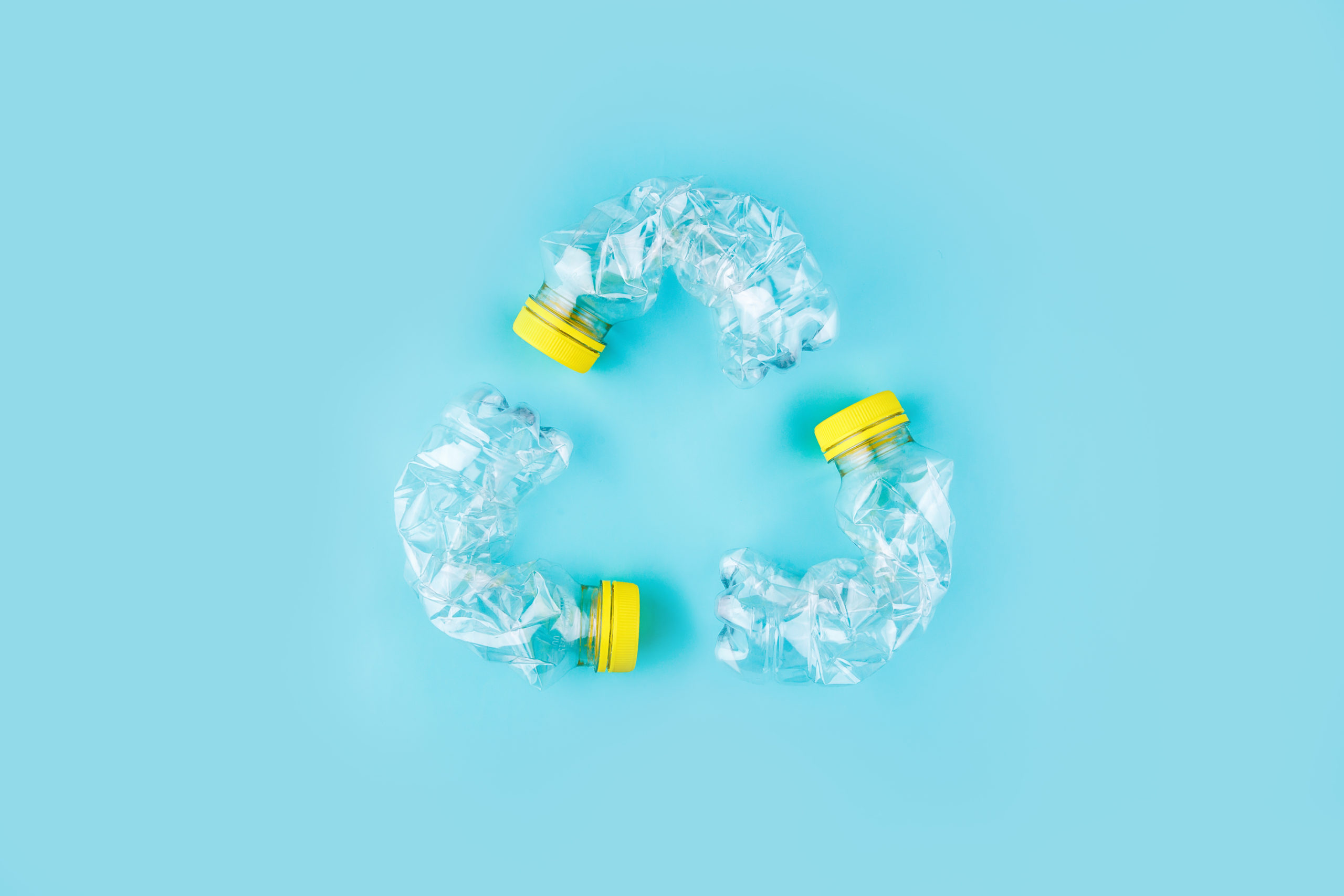In 2018, 359 million tonnes of plastic were produced worldwide, while only nine percent of the plastics ever produced have been recycled. The other fractions of waste plastic are either incinerated, landfilled, or lost to the environment.
Annually about 150 million solid plastic waste is thrown away globally, followed by inappropriate disposal, ending up in landfills, fewer efforts for reuse and recycling, lack of human behavior, and weak government policy. A significant share of plastic waste comes from plastic processing, manufacturers, and packaging industries. Commercial waste is also from shops, supermarkets, wholesalers, and workshops. Plastic is used massively as Polyvinyl chloride (PVS) to prevent the loss of heat or the intrusion of sound in homes, Polyethylene terephthalate (PET) for keeping food fresh, and Polypropylene (PE) for various types of bottles. And it has been excessively used in the production of Protective Equipment (PPE) to limit the spread of COVID-19. Plastic waste can be seen in rivers, streets, beaches, green areas, and all over the planet, and is directly harming the environment and our health.
The Recycling Challenges
Around 4 percent of oil and gas production is globally used in plastic production. Yet, recycling is the only option that we can reduce the use of oil and gas, decrease carbon footprints, and improve the environment. The problem is that we are not sharing the recycling responsibility among all involved in the plastic value chain. The recycling phase demands that households start changing their behavior and use less or often the available plastic items in the house. For companies, it is cost-effective to have used plastics recycled and benefit from recycling and reusing that leading to reduced plastic waste.
The plastic consumption per capita in developing countries is low compared to industrialized countries. In developed countries, the use of plastic has increased significantly. In Europe and America, scarce petroleum resources are used to produce various plastics in various industries, along with technological advancements that increase production speed. Most of these plastic products have less than a one-year life cycle, and their recycling is not economically viable in most industries. However, in sectors like the automotive industry, companies are considering sustainability and environmental aspects by developing and using high technology for recycling plastics. Still, the market demand also depends on the price of virgin material and recycled material. Usually, the recycled one is seen as marginalized due to technology and market factors influenced by consumer and client behaviors.
Another problem is that recycled plastic is not used in one of the largest sectors of plastic, food packaging. The reason is concerns over food safety and hygiene standards. The other issue in recycling plastic is that plastic processors need a large quantity of plastic, and it is time-consuming to separate plastics with a high degree of contamination. Next, recycling plastic involves having fiber and containing more than one type of polymer. This can be a good hint for youth who are keen to start their entrepreneurship in waste management with a focus on plastic to identify the type of plastic, its collection cycle, and its demand after getting recycled.
The plastic collection approaches vary according to the country. Here are some: 1) house-to-house collection of plastic and paper, 2) house-to-house collection of only plastic, 3) collection from certain points such as markets, 4) collecting and buying from street collectors, 5) collection from shops, factories, and hotels, and collection from the municipality by having a mutual agreement. The collection depends on transportation, available capital in terms of machine and human, and scale of collection and recycling.
Recommendations
Recycling plastic requires contribution, synergy, and cooperation between government, manufacturers, consumers, and retailers. Here are some recommendations that can support reducing plastic waste:
- Increasing the capability, capacity, and opportunity of the product’s plastic recycling; can be done by improving the design, materials, and labels in the plastic product with the possibility of full recycle or reuse. It is also recommended to let consumers know if the plastic is reusable/recyclable, and public awareness matters. Certification of plastic products with international standards can also assist in reducing plastic waste and shifting toward recycling.
- The bins should be available and accessible nationwide across the country with a specific color for plastic waste so people can separate plastic from other wastes.
- Motivation and education of the public toward reducing plastic waste can assist in tackling environmental problems originating from plastic. An increase in plastic waste will threaten our existence and lives under the water.
Photo: Mykolastock/Shutterstock
You might also like:
Support us!
All your donations will be used to pay the magazine’s journalists and to support the ongoing costs of maintaining the site.
Share this post
Interested in co-operating with us?
We are open to co-operation from writers and businesses alike. You can reach us on our email at [email protected]/[email protected] and we will get back to you as quick as we can.










